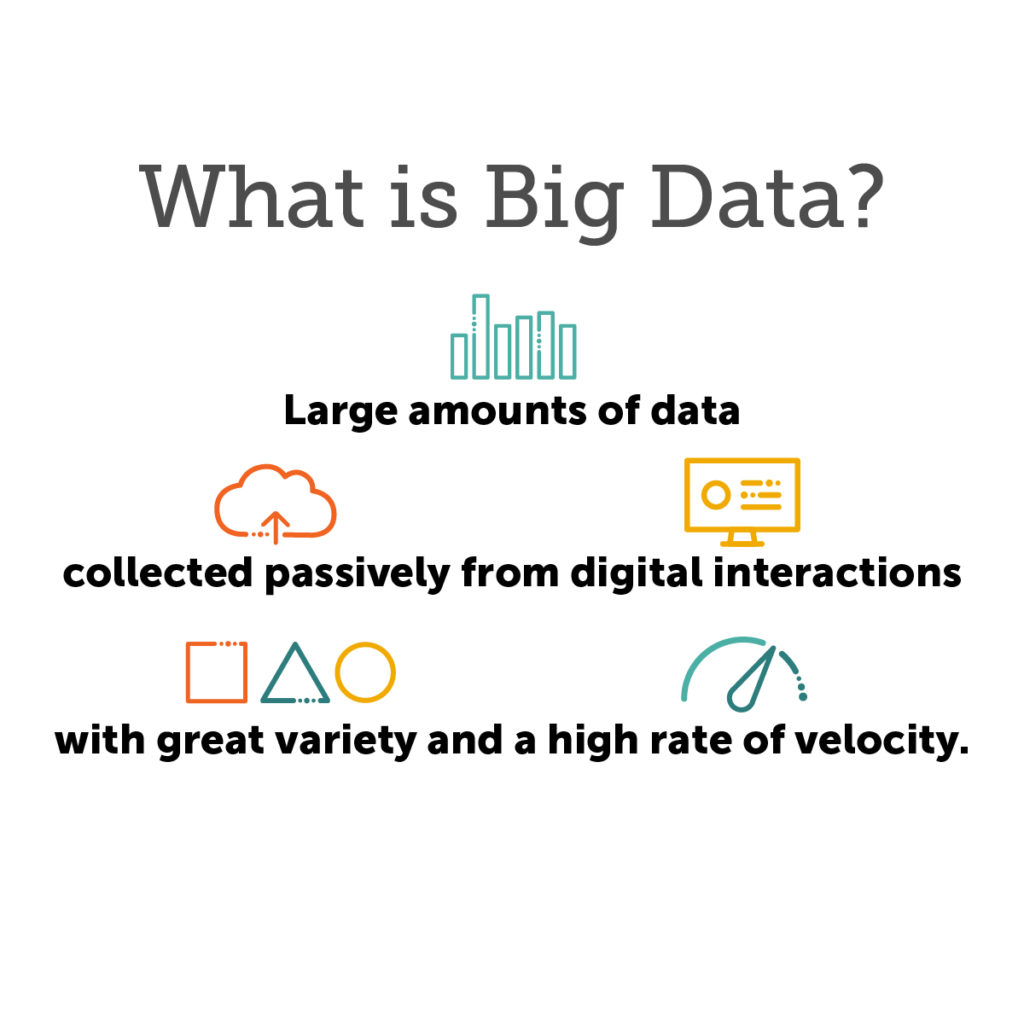Our work ensures that gender is included in cutting edge big data research and explores ways to complement insights from established data sources with those gleaned from big data.

Additionally, we recognize that advances in data collection and analysis, such as algorithms and machine learning, can reproduce gender bias. We are drawing attention to this issue and exploring ways to mitigate it.
“Big data” refers to the large amounts of data that are generated as a by-product of everyday interactions with digital products or services, such as mobile devices and internet activity. This data holds great potential as a source of gender insights because it is often available at an individual level; it conveys what people do (e.g. behavior shown through mobile phone use), not what they say (e.g. survey response); and it is produced and recorded continuously without extra cost.
However, despite the huge potential, there is still a long way to go to ensure that digital data can be used for gathering insights into women’s and girls’ lives. Furthermore, it is critical that the privacy of those whose data is being used is protected.
In March 2017, Data2X released a flagship report, Big Data and the Well-Being of Women and Girls. This report summarized projects demonstrating how satellite imagery, call detail records, credit cards, and social media can improve understanding of women’s and girls’ lives.
This research was followed by a Big Data for Gender Challenge, which called on researchers to propose innovative ways to use big data sources to fill gender data gaps. In September 2017, 10 projects were selected to receive awards and, in November 2019, we were delighted to feature the results of these projects at an event, and in a report, Big Data, Big Impact? Towards Gender-Sensitive Data Systems.
We are currently planning for our next phase of this work which will build upon and strengthen the most promising big data and gender initiatives based on our research findings to date.
Related Content
-
Related
BlogWe know big data can fill gender data gaps. What else do we need to know to make certain women — and all people — benefit?
Go to blog -
Related
ResourceBig Data, Big Impact? Towards Gender-Sensitive Data Systems
Go to resource -
Related
ResourceBig Data and the Wellbeing of Women and Girls
Go to resource
